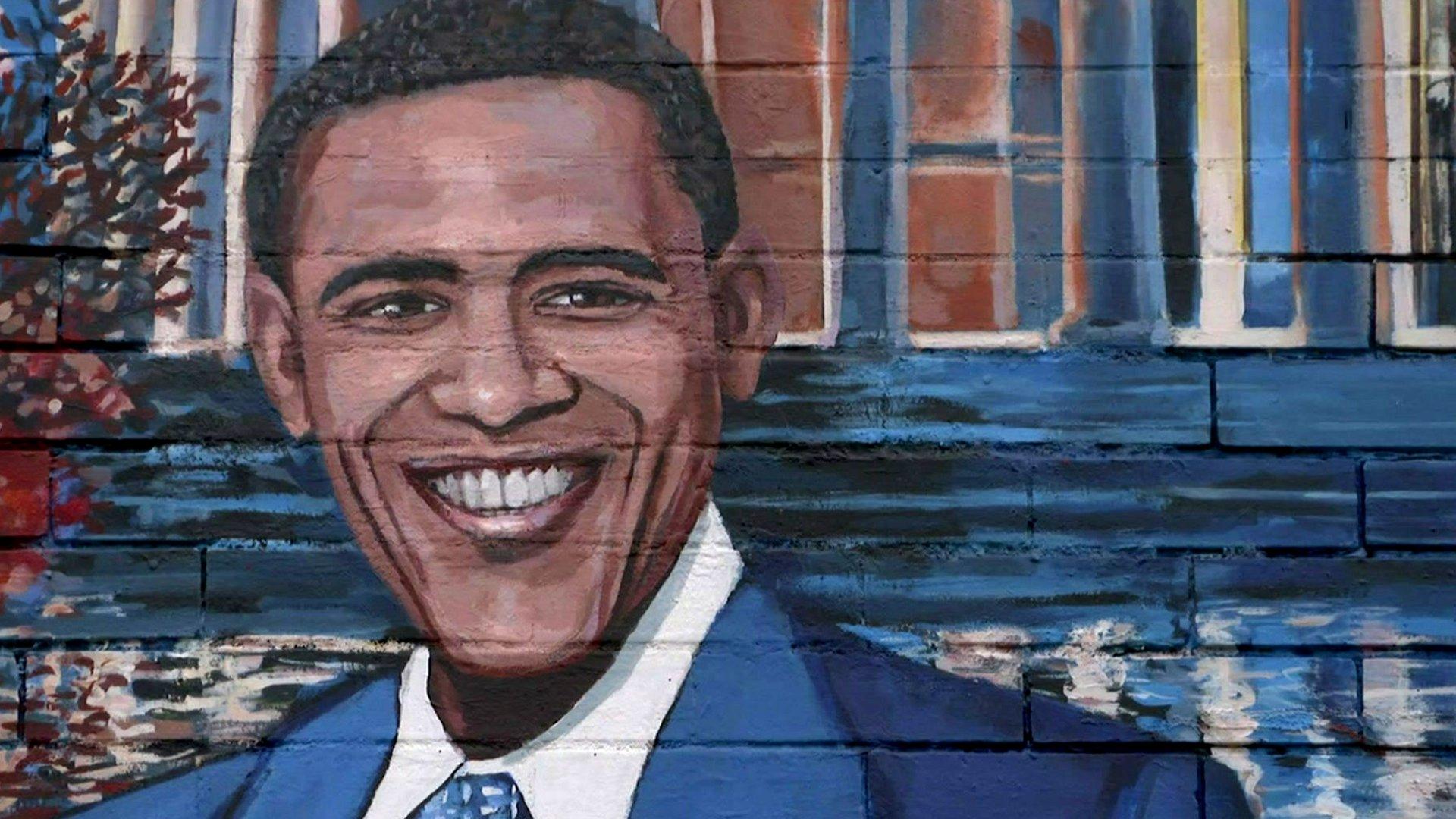What's changed since Obama's first State of the Union?
- Published
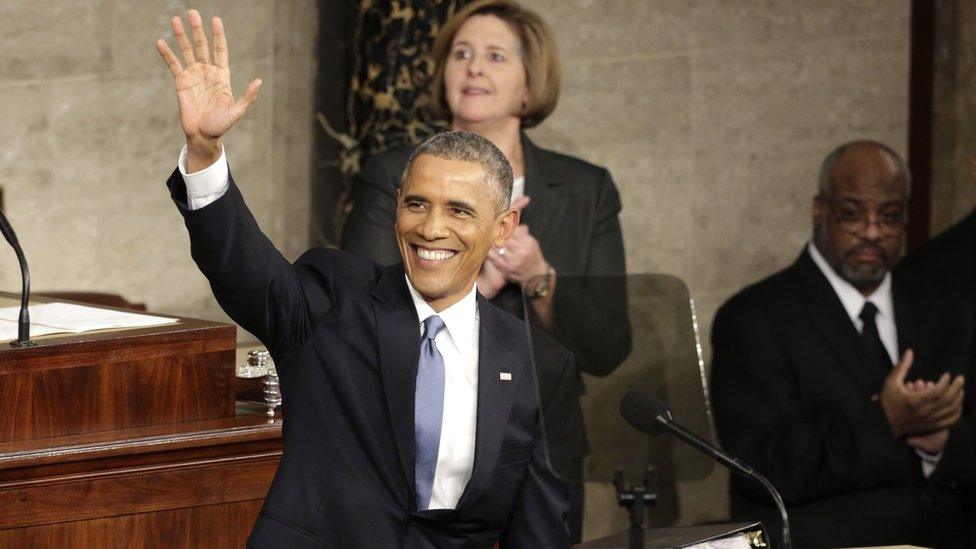
Barack Obama is about to deliver his final State of the Union address. Among other aims, the speech looks to mark where the US has been over the past year.
Here's a selection of what has changed since Mr Obama gave his first address to Congress in 2009.
War in Afghanistan
While the IS conflict threatens to re-engage the US in Iraq, the number of troops in Afghanistan since Mr Obama's first term both sharply increased (during a policy called "the surge") and sharply decreased. While the US has finished its combat mission in Afghanistan, Mr Obama backtracked on his original plan to have only 1,000 troops - mainly for embassy security and training - after 2015.
About 5,500 troops will still be in the country when he leaves office in 2017.


Unemployment
The great recession hit the US economy hard, and a major rise in unemployment - which began in the last months of George W Bush's presidency - continued through Mr Obama's first two years in office, peaking at 10% in October 2009.
Slowly, unemployment has returned to more normal levels for the US, reaching 5% for three months in a row at the end of 2015.
9.8%
Unemployment in January 2010 (all-time high during Obama administration 10%)
-
9.1% January 2011
-
8.3% January 2012
-
8% January 2013
-
5% Current (December 2015)
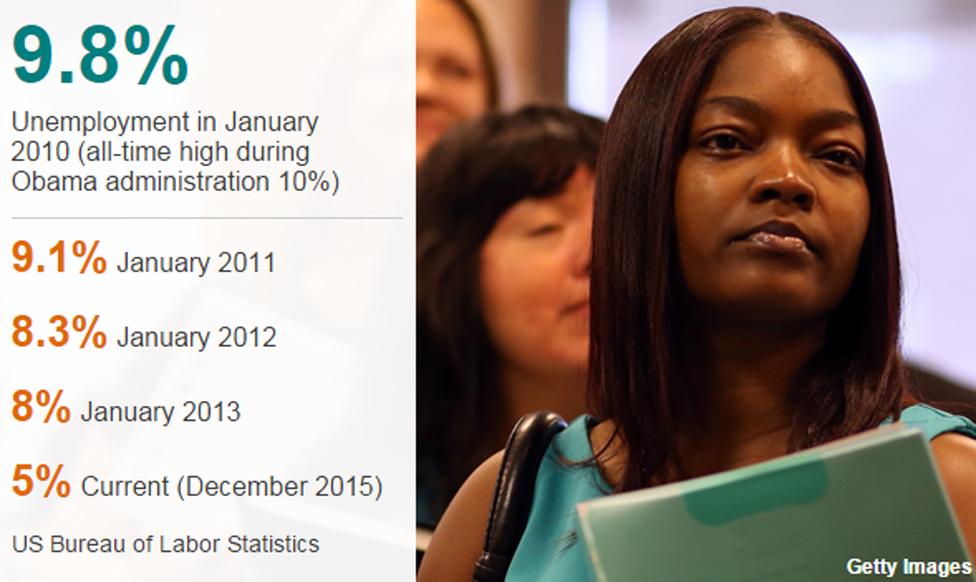

The Stock Market
Mr Obama entered office at the near bottom of US markets and the economy at large. Indexes like the Dow Jones Industrial Average and Nasdaq have since regained their massive losses of 2008 and 2009 but have seen increased volatility, including a dramatic drop last year.
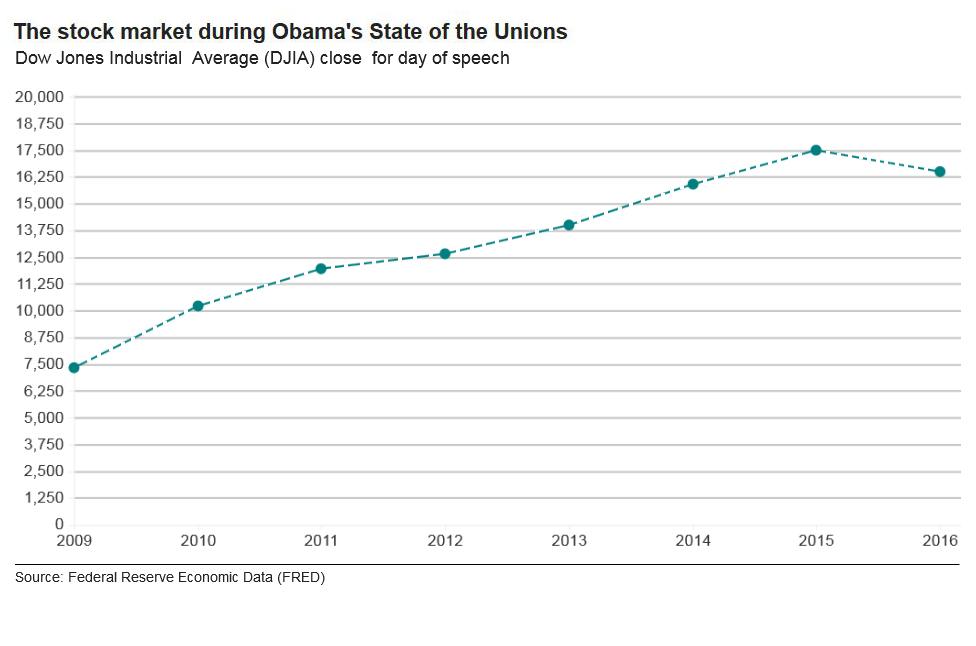

Petrol prices
In the past two years, petrol prices in the US have dropped dramatically, averaging about $2.00/gal (£0.36/litre) across the entire US. This brings petrol costs back down to similar levels seen during the beginning of Mr Obama's presidency after reaching a high of $3.97/gal in May 2011.
Increased fracking within the US and Canada, increased production elsewhere, and a global lag in the demand for oil has lowered prices in the US.
Petrol prices at the time of the State of the Union
-
2009 $1.90/gal (£0.35/litre)
-
2011 $3.11/gal
-
2013 $3.61/gal
-
2015 $2.07/gal
-
2016 $2.03/gal
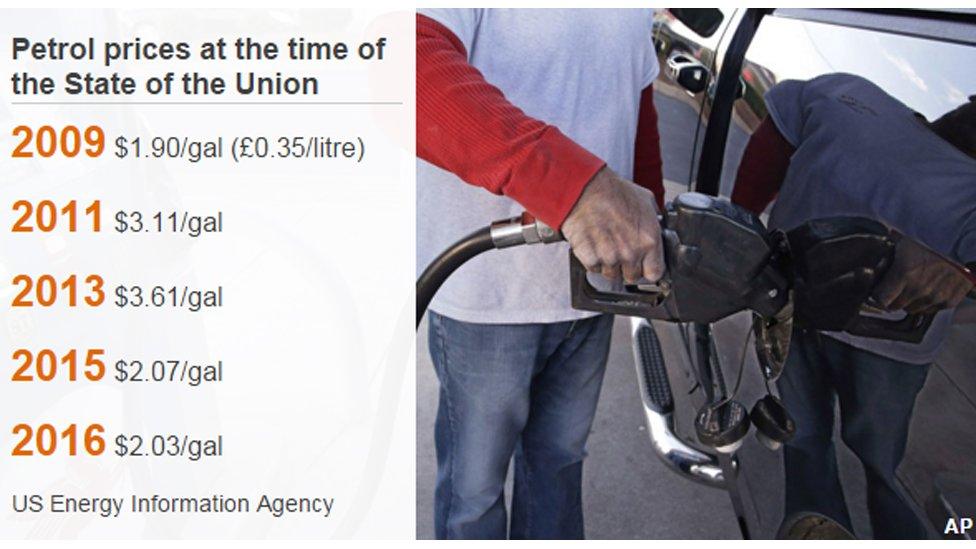

Presidential approval rating
Mr Obama's approval rating was very high during his first few weeks in office - not surprising. But after an initial fall, Mr Obama's weekly approval rating has bounced between 40% and 50%.
This puts the 44th president in the company of such presidents as Ronald Reagan and Lyndon Johnson, whose approval ratings were in the high-40s in the fourth January after re-election. Bill Clinton had a 62% approval rating, while George W Bush had a 33% approval rating during this point of their presidencies.
Obama's approval ratings
64%
at the 2009 address to Congress
-
48% at 2010 State of the Union, a year later
-
42% the lowest State of the Union week rating, in 2014
-
45% Current approval rating (7 January 2016)
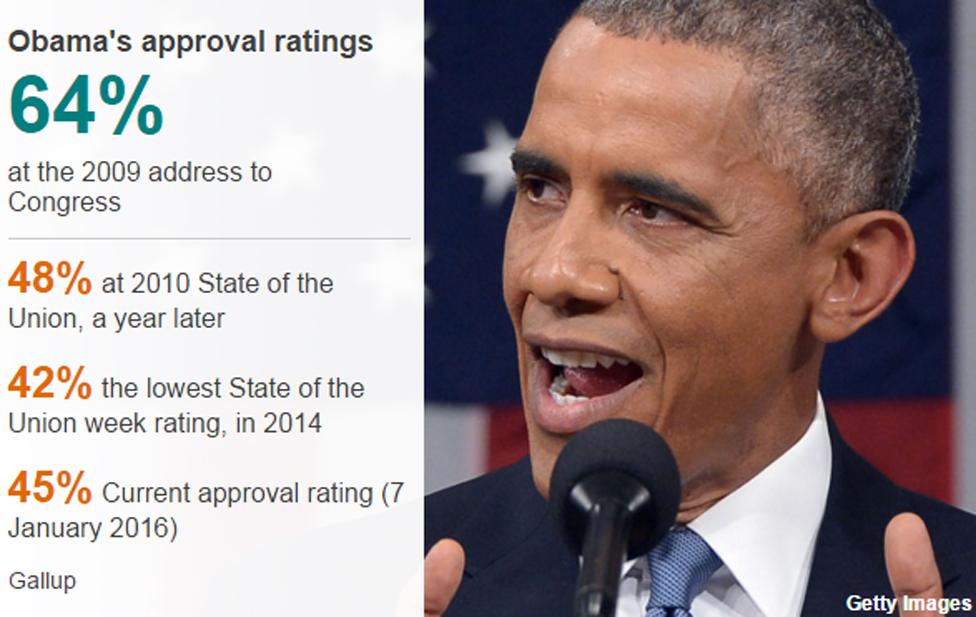

Culture: Oscar-winning movies and #1 Songs
A look at what was playing on radio and music players in the US during Mr Obama's speeches. What big name movie was about to win Hollywood's top prize?
Oscars of the Obama administration
Academy Award for Best Picture
-
2009 Slumdog Millionaire
-
2010 The Hurt Locker
-
2012 The Artist
-
2013 Argo
-
2014 12 Years a Slave
#1 US Singles
Second week of January
-
2009 Single Ladies - Beyonce
-
2010 Tik Tok - Kesha
-
2011 Firework - Katy Perry
-
2012 Sexy and I Know It - LMFAO
-
2013 Locked Out of Heaven - Bruno Mars
-
2015 Blank Space - Taylor Swift
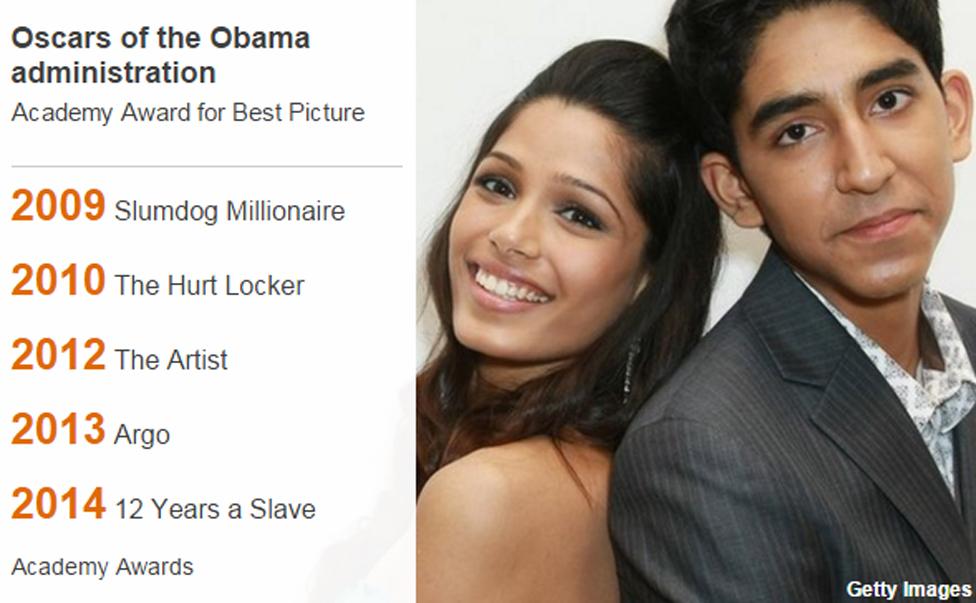

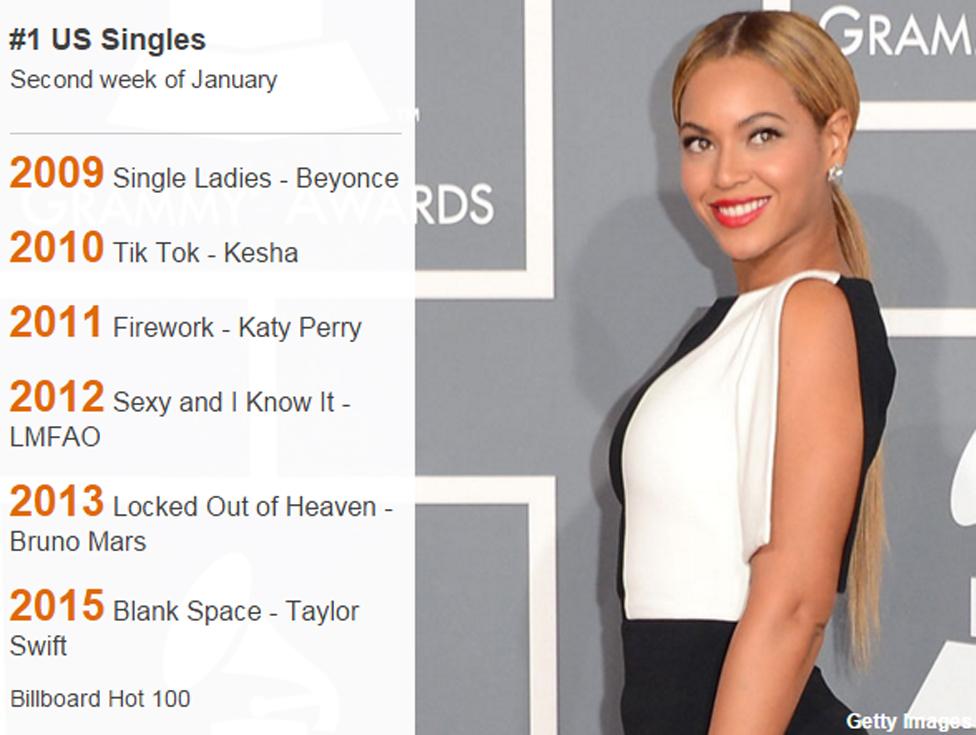
- Published5 January 2016
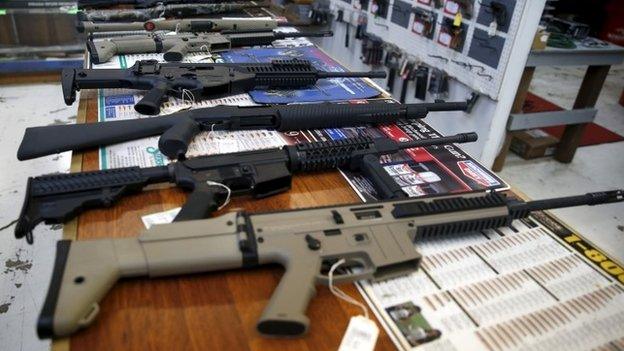
- Published4 January 2016
- Published12 January 2016
